Does A Pool Heat Up Faster With The Solar Pool Cover On?
Maintaining the perfect temperature in your swimming pool can be a constant battle, especially during the cooler months or in areas with fluctuating weather conditions. While finding a solution, you may find hear about the solar pool cover. Now, you might wonder if a pool really heats up faster with the pool cover on.
The short answer is yes, a pool typically heats up faster with a solar pool cover on. These specialized covers are designed to harness the sun’s energy and trap heat, allowing the pool water to warm up more quickly and retain that warmth for longer periods.
In this guide, I will help you explore the benefits of using a solar pool cover, how it works, and tips for optimizing its performance. Read on if you’re looking for an effective way to maximize your pool’s heating efficiency while minimizing your energy costs and environmental impact.
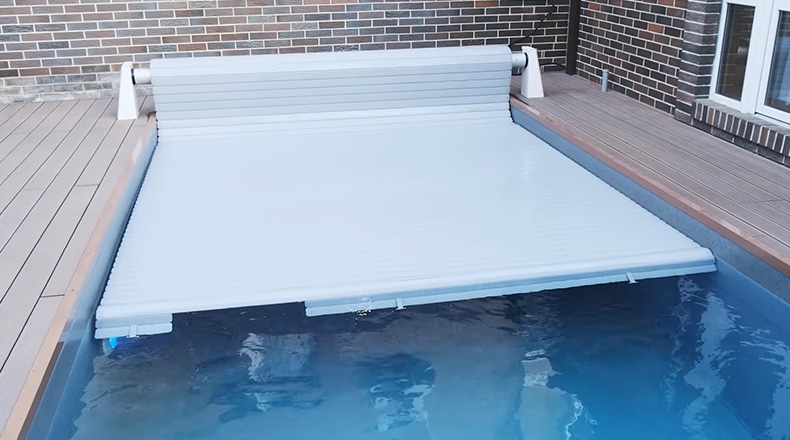
The Mechanism Behind Solar Pool Covers
Solar pool covers, also known as thermal blankets or solar blankets, are designed to absorb and retain the sun’s heat energy. These covers are typically made from UV-resistant materials, such as polyethylene or polypropylene, and feature a bubbled or insulated design that helps trap heat.
When the cover is placed over the pool’s surface, it acts as a barrier, preventing heat loss due to evaporation and convection. The trapped heat then radiates back into the pool water, gradually raising its temperature. This process is further enhanced by the cover’s ability to absorb and transfer the sun’s rays directly into the water.
Materials and Construction
Solar pool covers are typically constructed using specialized materials that are optimized for heat absorption and retention. Common materials used include:
- Polyethylene: This lightweight, durable plastic is an excellent heat conductor and is often used as the base material for solar pool covers. It is resistant to UV radiation, chemicals, and moisture, ensuring long-lasting performance.
- Air Pockets or Bubbles: Many solar pool covers feature a series of air pockets or bubbles that create an insulating layer between the cover and the pool water. These pockets trap air, which acts as an excellent insulator, preventing the absorbed heat from dissipating back into the atmosphere.
- Aluminum or Metallic Coatings: Some high-end solar pool covers incorporate aluminum or other metallic coatings on the surface facing the sun. These coatings are highly effective at absorbing and transferring the sun’s radiant energy into heat, further enhancing the cover’s heating capabilities.
- UV-Resistant Additives: To ensure long-term durability, solar pool covers often include UV-resistant additives that protect the materials from degradation caused by prolonged exposure to sunlight.
Heat Absorption and Retention Process
When a solar pool cover is placed on the water’s surface, it initiates a multi-step process that captures and retains the sun’s heat energy:
Step 1- Absorption: The cover’s materials and coatings are designed to effectively absorb the sun’s radiant energy, converting it into heat.
Step 2- Insulation: The air pockets or bubbles in the cover create an insulating layer that traps the absorbed heat, preventing it from escaping back into the atmosphere.
Step 3- Conduction: The heat absorbed by the cover is then conducted through the material and transferred directly to the pool water below, gradually raising its temperature.
Step 4- Evaporation Reduction: By covering the pool’s surface, the solar pool cover significantly reduces evaporation, which is a major source of heat loss in uncovered pools.
Step 5- Heat Retention: The insulating properties of the cover help retain the heat in the pool water, minimizing heat loss during cooler periods, such as overnight or on cloudy days.
The Benefits of Using a Solar Pool Cover
Using a solar pool cover offers several advantages for pool owners, including:
- Energy Savings: By harnessing the sun’s natural heat, solar pool covers can significantly reduce the energy required to maintain a comfortable pool temperature, leading to lower electricity bills and a smaller carbon footprint.
- Extended Swimming Season: With a solar pool cover, you can extend your swimming season by keeping the water warm for longer periods, both in the early spring and late fall.
- Water Conservation: Covered pools experience reduced evaporation, which means you’ll need to add less water to maintain the desired level, saving you money and conserving precious water resources.
- Chemical Reduction: The cover acts as a barrier, preventing debris and UV rays from entering the pool, which can lead to a reduced need for chemical treatments and maintenance.
- Safety: When not in use, a secure solar pool cover can prevent accidental falls into the pool, providing an additional layer of safety for households with children or pets.
Factors that Can Affect the Efficiency of the Solar Pool Cover
While solar pool covers are generally effective at heating pools, several factors can influence their overall efficiency:
- Climate and Weather Conditions
The amount of sunlight and ambient temperature in your area will directly impact the cover’s ability to absorb and retain heat. Cooler climates or cloudy conditions may reduce the cover’s effectiveness.
- Pool Size and Depth
Larger and deeper pools require more energy to heat, which can affect the cover’s performance. Smaller pools tend to heat up more quickly with a solar cover.
- Cover Material and Color
Different cover materials and colors have varying heat absorption and retention properties. Darker colors tend to absorb more heat, while lighter colors may be better suited for hot climates to prevent excessive heat buildup.
- Pool Insulation
Proper insulation around the pool’s walls and floor can help prevent heat loss and enhance the solar cover’s efficiency.
- Cover Placement and Maintenance
Ensuring the cover is properly positioned and free of debris or damage can optimize its performance. Regular cleaning and maintenance are essential for maintaining the cover’s effectiveness over time.
Tips for Maximizing Solar Pool Cover Performance
To get the most out of your solar pool cover, consider the following tips:
- Place the cover on the pool during the hottest part of the day to trap the maximum amount of heat.
- While the cover helps retain heat, it’s essential to remove it occasionally to allow the pool to receive direct sunlight and prevent excessive heat buildup.
- Regularly brush off debris and rinse the cover to prevent dirt buildup, which can reduce its heat absorption and retention capabilities.
- Combining a solar pool cover with a pool pump cover can further reduce heat loss and improve overall efficiency.
- In colder climates or during extended periods of cloudy weather, supplementing the solar cover with a pool heater or heat pump may be necessary to maintain the desired water temperature.
Are Solar Pool Covers Worth It?
When it comes to determining whether solar pool covers are worth the investment, it’s essential to weigh the potential benefits against the drawbacks and consider your specific needs and circumstances.
On the positive side, solar pool covers offer several compelling advantages. It increases temperature, reduces evaporation, and saves energy. However, solar pool covers also have some potential drawbacks to consider:
- Limited Lifespan: Most solar covers are relatively disposable and may need to be replaced every few years, adding to the overall cost of ownership.
- Nighttime Heat Loss: While effective during the day, solar covers may not retain heat as well during cooler nighttime temperatures.
- Safety Concerns: Solar covers can pose a potential safety risk, especially for households with children or pets, as they can become tangled or trapped underneath.
When evaluating whether a solar pool cover is worth it for your situation, consider factors such as your local climate, pool size, and intended usage. In many cases, the long-term savings in water, chemical, and energy costs can outweigh the initial investment, especially if you plan to use your pool regularly during the swimming season.
Wrap Up
Using a solar pool cover is an effective and eco-friendly way to heat your pool more efficiently. By utilizing the sun’s natural energy and trapping heat, these specialized covers can help extend your swimming season, reduce energy costs, and minimize your environmental impact. If you have any further questions or need additional guidance on using a solar pool cover, feel free to leave a comment below. We’re here to help ensure you get the most out of your pool heating solution. Thank you for reading, and happy swimming!
Other Related Queries
How Long Does It Take for a Solar Pool Cover to Heat Up a Pool?
The time it takes for a solar pool cover to heat up a pool can vary depending on factors such as the pool size, climate, and cover efficiency. On average, it may take several days to a week to notice a significant temperature increase.
Can a Solar Pool Cover Be Used in Cloudy or Rainy Conditions?
While solar pool covers are most effective in direct sunlight, they can still provide some insulation and heat retention benefits during cloudy or rainy conditions. However, their heating capabilities will be reduced.
Is It Safe to Leave a Solar Pool Cover on During Winter?
It’s generally not recommended to leave a solar pool cover on during the winter months, as the weight of snow or ice can damage the cover. It’s best to remove the cover and properly store it until the next swimming season.
How Often Should a Solar Pool Cover Be Replaced?
The lifespan of a solar pool cover can vary depending on the material and quality, but most covers should be replaced every 3-5 years to maintain their effectiveness and prevent damage or deterioration.
Can a Solar Pool Cover Be Used with a Pool Heater or Heat Pump?
Yes, solar pool covers can be used in conjunction with pool heaters or heat pumps to further enhance the heating efficiency and reduce energy costs. The cover helps retain the heat generated by these additional heating sources.

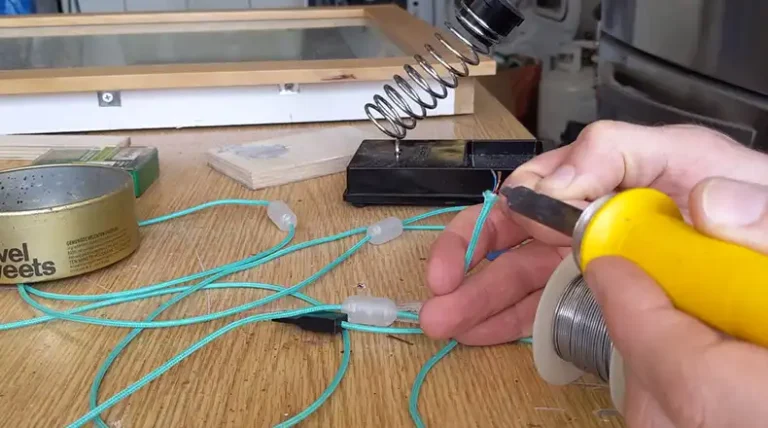

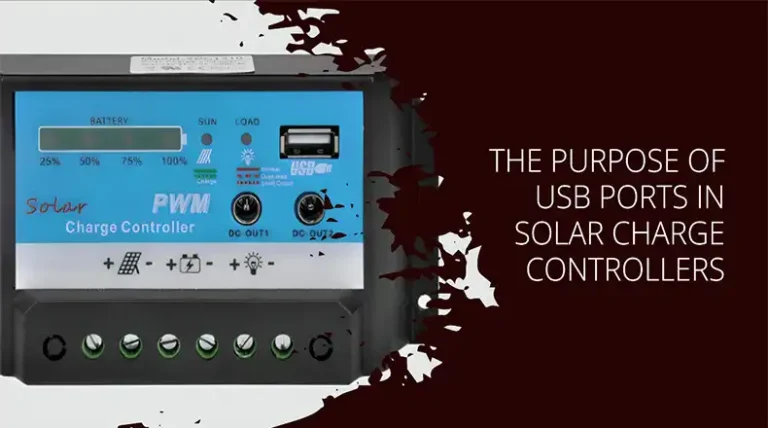
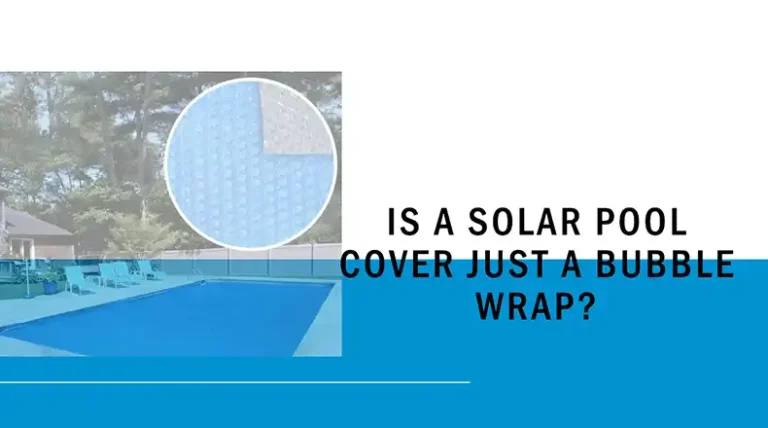
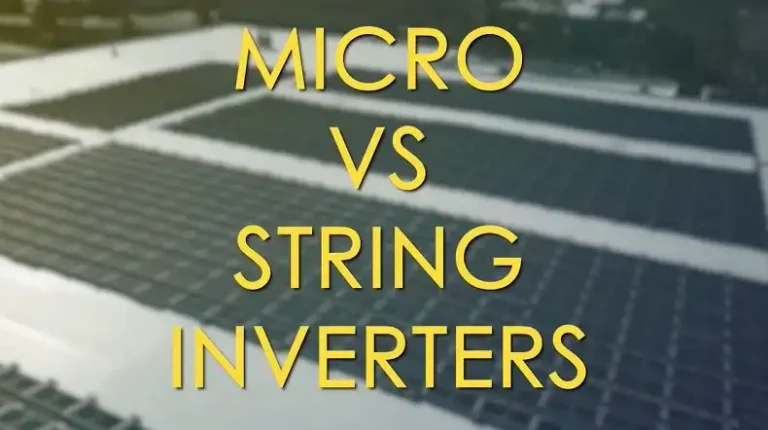
![Do Solar Roof Vents Work At Night [Answerd]](https://www.itekenergy.com/wp-content/uploads/2024/04/Do-Solar-Roof-Vents-Work-At-Night-768x428.webp)